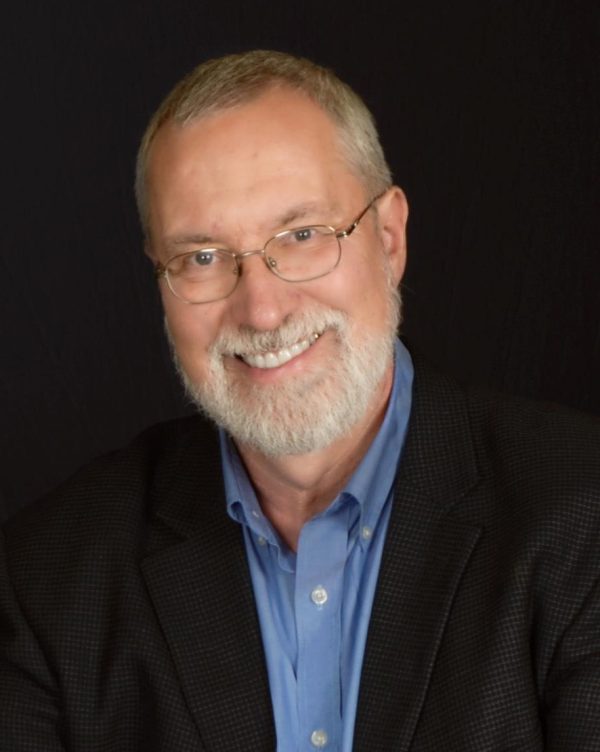Chair of Physics and Optical Science Named IEEE Fellow

Glenn Boreman, chair of the Department of Physics and Optical Science, earlier this year was elevated to the status of IEEE Fellow by the Institute of Electrical and Electronics Engineers, in recognition of his significant contributions to optical and infrared antenna technologies.
The IEEE Fellow is one of the most prestigious honors of the IEEE, and is bestowed upon a very limited number of senior members who have contributed importantly to the advancement or application of engineering, science and technology, bringing significant value to our society. The number of IEEE Fellows elevated in a year is no more than one-tenth of one percent of the total IEEE voting membership.
“Receiving this award from IEEE was very satisfying in that it is a recognition of the research work of my students and me over a period of more than 20 years, going back to 1996,” Boreman said. “Being named a fellow of IEEE is one of three accomplishments I always wanted in my career.” The other two career aspirations were serving as an academic department chair, which he has done at UNC Charlotte since 2011, and serving as president of SPIE – the International Society for Optics and Photonics, and he accomplished that goal in 2017.
In another recent accomplishment, Boreman and long-time colleague Javier Alda, of the Universidad Complutense de Madrid (Spain) published their book, “Infrared Antennas and Resonant Structures.”
“Since graduate school in the early 1980s I have been fascinated with antennas,” Boreman said. “My group here at UNC Charlotte and before that at University of Central Florida has been investigating the properties of antennas and other resonant structures at infrared frequencies, enabled using electron-beam lithography. 17 of my 25 PhD graduates thus far have worked in this general area.”
This is a much higher frequency range than that of cell-phone antennas, for example, and the behavior of the metals in particular is quite different, Boreman said.
“Although I am not an electrical engineer, my group’s work has been able to influence the technical community’s conversation about these concepts,” he said.
In one contribution to the field, he chairs a review panel for a research program on infrared antennas carried out by Sandia National Labs in New Mexico. “I take joy in seeing some of the configurations and ideas we introduced now being brought to practical fruition,” he said.